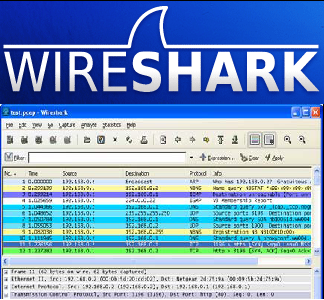
Pip install ray in the newly created environment. Using a conda environment, it is recommended to install Ray from PyPi using Ray conda packages are maintained by the community, not the Ray team. You can manually install the package by following the instructions on theĪrch Wiki or use an AUR helper like yay (recommended for ease of install) Ray is available on Arch Linux via the Arch User Repository ( AUR) as Note: Installing Ray on Arch Linux is not tested by the Project Ray developers. Windows does not have a copy-on-write forking model, so spinning up new Is considerably slower than on other operating systems. Performance on Windows is known to be slower since opening files on Windows Ray-specific, the rest are true anywhere Windows is used):įilenames are tricky on Windows and there still may be a few places where RayĪssumes UNIX filenames rather than Windows ones. Ray supports running on Windows with the following caveats (only the first is To get started with local Ray development:Įnsure you’re using the miniforge environment (you should see (base) in your terminal).

Ray supports machines running Apple Silicon (such as M1 macs).


If you build Ray from source, remove the build option build -cxxopt="-D_GLIBCXX_USE_CXX11_ABI=0" from the file cpp/example/.bazelrc before running your application.


 0 kommentar(er)
0 kommentar(er)
